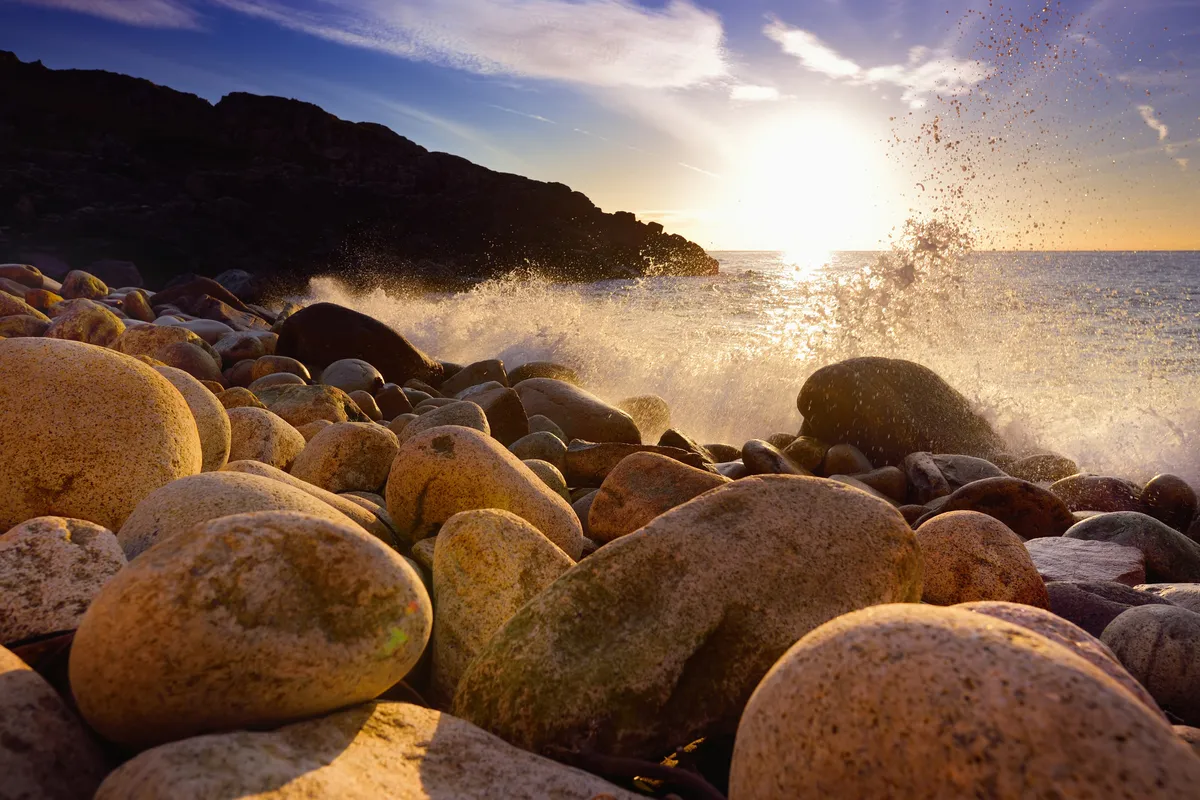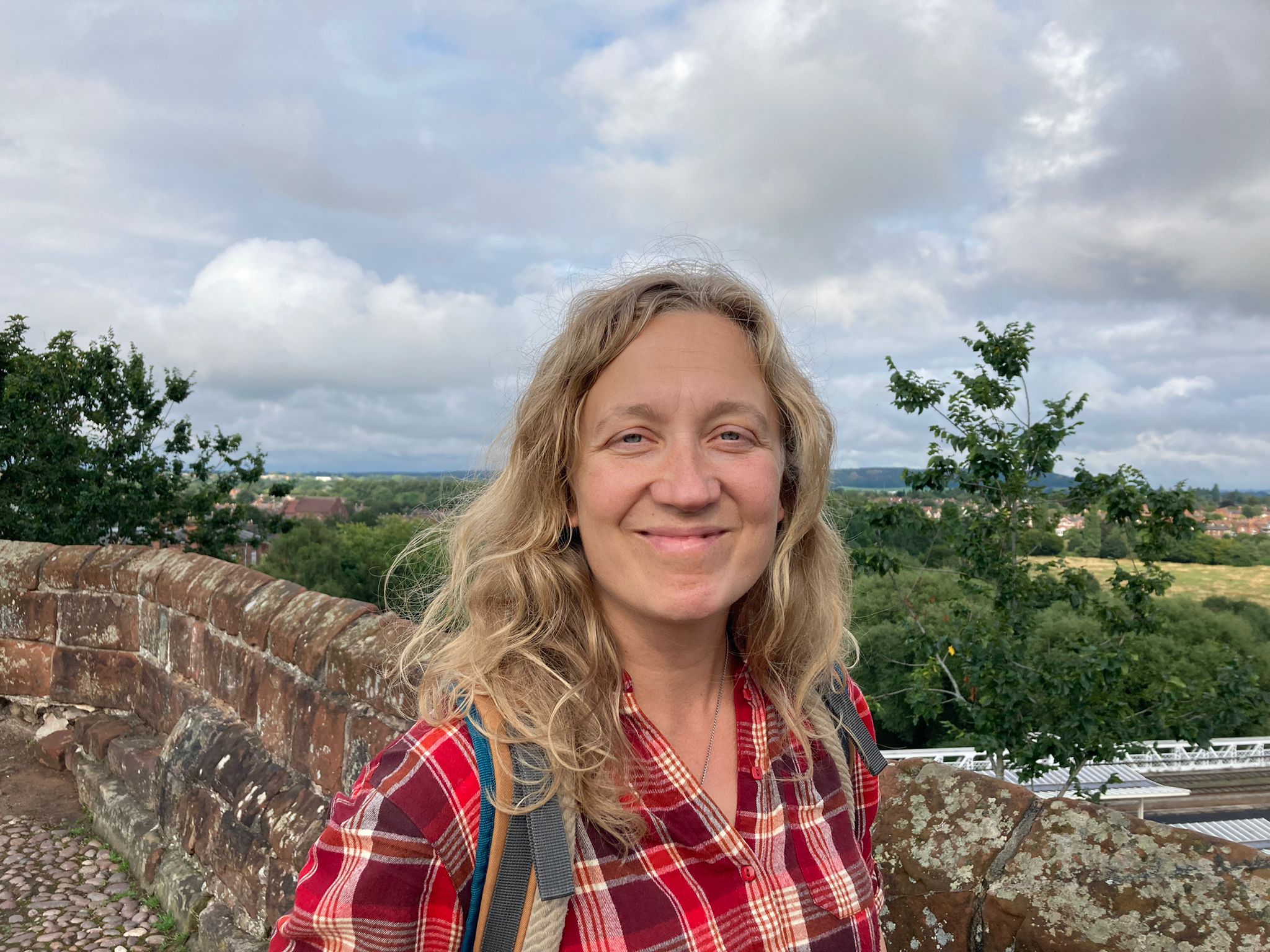Where is Porth Nanven?
Porth Nanven, or Cot Beach as it’s known locally, is a secluded spot on the west coast of Cornwall’s south-western tip. It lies at the mouth of a valley, about a mile’s walk from the pretty town of St Just, characterised by its granite miners cottages.
Where to park for Porth Nanven
Park for free at the main St Just car park, behind the library, to enjoy a lovely mile-long walk down to the beach. Alternatively, park by the beach itself and miss out the stroll through Cot Valley.
How to get to Porth Nanven beach
From the town, head south along Bosborne Terrace, which turns into Carrallack Lane, a quiet, gorse-lined road that winds down through rolling fields towards the sea, which is laid out in front of you along the horizon.
At the bottom of Carrallack Lane, turn right on to the footpath. Follow it round to the right until you reach a road, and turn left through the valley.

What to see at Porth Nanven
Like much of Cornwall’s quiet country lanes, the wooded verges are abundant with masses of wildflowers, such as three-cornered leek, cow parsley and lady’s mantle. A word of warning: you’ll spot old disused mine shafts to the left and right – these are not safe for exploring, as many of them aren’t sealed off. Keep dogs on the lead.
If you’re hoping for sand, you need to check the tide times as it is only exposed at low tide for around two hours a day.

Looking out towards the sea, you’ll see the rocky twin peaks of the Brison islets, named for the Cornish word for ‘prison’ – brissen – as they were once used as basic jails. However, in Cornish, they are known as Enys Vordardh, or ‘breaker island’, as they have caused many historic shipwrecks.
These days, they are a busy nesting spot for gannets, gulls, storm petrels, puffins and red-billed choughs; the islets’ 25m-high peaks slowly turn frosty white with guano throughout the breeding season. They are also thought to resemble a man on his back, leading to the nickname, ‘Charles de Gaulle in his bath’ – something the seabirds are indifferent to.
Above the beach, the South West Coast Path runs up to Cape Cornwall. You could make a day of it and hike along it from the valley, following the road back up to St Just.
Dinosaur Egg Beach
The defining features of this beach are the round granite boulders that give it the nickname Dinosaur Egg Beach, but you’re unlikely to find fossils here. Instead, look out for nesting peregrines in the cliffs that frame the cove.
You may also like:

